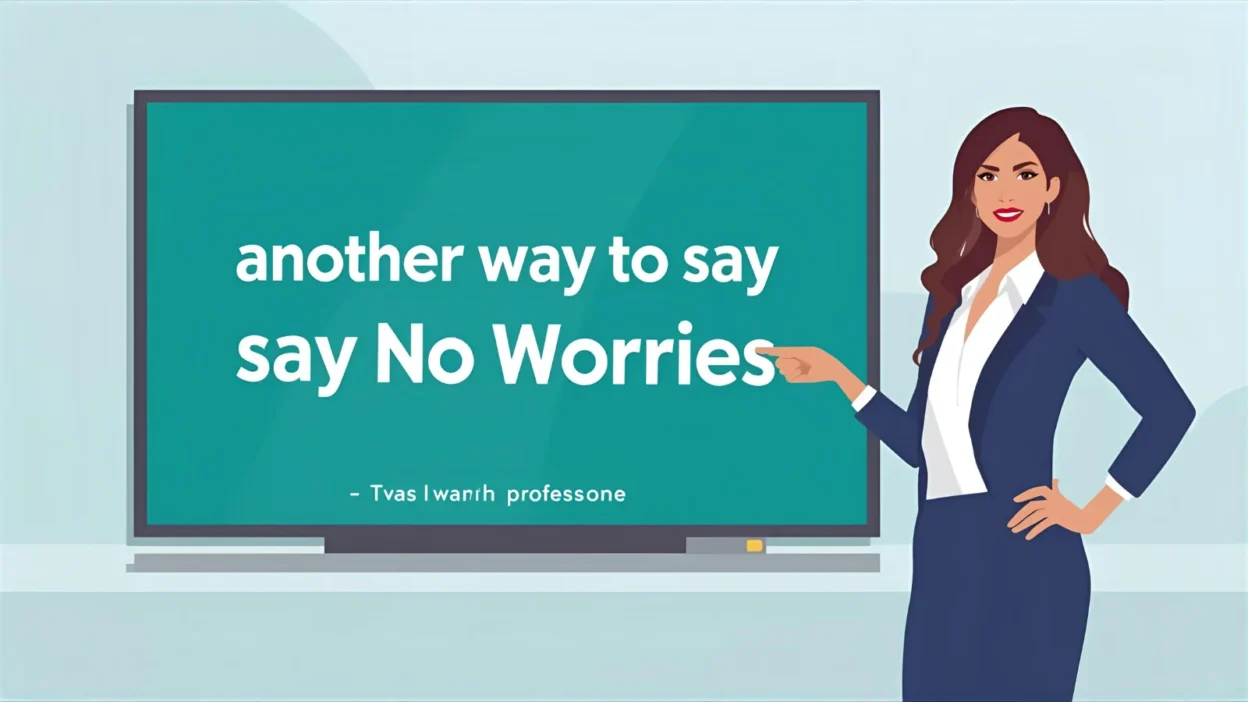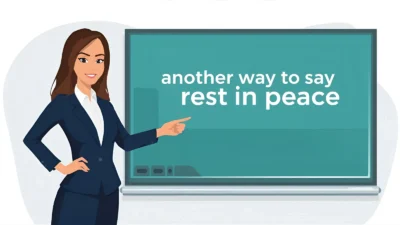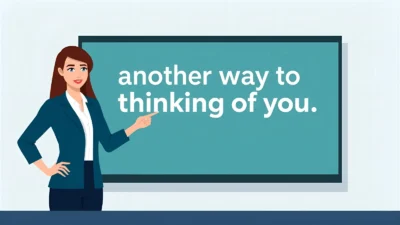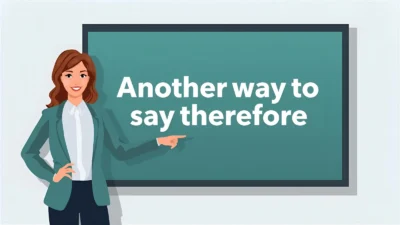The phrase “no worries” is one of the most common ways to reassure someone that everything is fine — whether they’re apologizing, thanking you, or expressing concern. It communicates calmness, understanding, and positivity. However, using “no worries” repeatedly can sound too casual or overused, especially in professional or formal settings.
That’s why it’s helpful to have a variety of alternatives. Depending on your tone — friendly, polite, professional, or comforting — you can express the same reassurance in different ways.
In this article, you’ll discover 35 thoughtful alternatives to “no worries”, each with a clear meaning, detailed explanation, real-world example, best use, and tone description.
1. No Problem
Meaning: Everything is fine; the situation is not an issue.
Detailed Explanation: A versatile and polite phrase used in both professional and casual settings. It reassures the listener that their concern or apology is unnecessary.
Scenario Example: No problem, I’ll take care of it right away.
Best Use: Everyday speech, work communication, customer service.
Tone: Neutral, polite, adaptable.
2. Not a Problem at All
Meaning: Emphasizes that there’s truly nothing to worry about.
Detailed Explanation: This slightly more formal version adds reassurance and professionalism.
Scenario Example: Not a problem at all — happy to help!
Best Use: Professional emails, customer interactions.
Tone: Courteous, formal, positive.
3. All Good
Meaning: Everything is fine; no issue at all.
Detailed Explanation: A casual, friendly phrase often used in informal conversation.
Scenario Example: All good — no harm done!
Best Use: Friendly chats, teamwork, relaxed communication.
Tone: Warm, relaxed, informal.
4. No Big Deal
Meaning: The issue is minor and not worth stressing over.
Detailed Explanation: Used to put someone at ease after a small mistake.
Scenario Example: No big deal — we can fix it easily.
Best Use: Casual talk, peer communication.
Tone: Easygoing, forgiving.
5. No Issue
Meaning: There’s no problem or inconvenience.
Detailed Explanation: A neutral phrase suitable for polite and professional communication.
Scenario Example: No issue — I’ll get that done before noon.
Best Use: Business emails, client interactions.
Tone: Professional, calm.
6. It’s All Good
Meaning: Everything is fine; don’t worry about it.
Detailed Explanation: Adds friendliness and reassurance to your tone.
Scenario Example: It’s all good — these things happen.
Best Use: Casual conversation, collaborative settings.
Tone: Friendly, informal, relaxed.
7. That’s Okay
Meaning: Accepting an apology or understanding a situation.
Detailed Explanation: A kind and empathetic response that’s suitable in both formal and informal contexts.
Scenario Example: That’s okay — I completely understand.
Best Use: Apology responses, personal and professional use.
Tone: Gentle, understanding.
8. Don’t Worry About It
Meaning: There’s nothing to be concerned about.
Detailed Explanation: Direct and comforting; used to put someone at ease.
Scenario Example: Don’t worry about it, it happens to everyone.
Best Use: Everyday speech, supportive communication.
Tone: Reassuring, calm.
9. It’s Fine
Meaning: Everything is acceptable; no hard feelings.
Detailed Explanation: Works best when you want to move on from a minor issue.
Scenario Example: It’s fine, really — no need to apologize.
Best Use: Friendly or neutral responses.
Tone: Reassuring, mild.
10. No Harm Done
Meaning: Nothing bad happened; no damage caused.
Detailed Explanation: Often used after a small mistake or misunderstanding.
Scenario Example: No harm done — we caught it early.
Best Use: Work corrections, understanding discussions.
Tone: Forgiving, calm.
11. No Stress
Meaning: Don’t worry or overthink it.
Detailed Explanation: Light and encouraging; great for casual communication.
Scenario Example: No stress — we’ll sort it out together.
Best Use: Team chats, friendly conversations.
Tone: Relaxed, supportive.
12. You’re Fine
Meaning: Reassures the person that they didn’t do anything wrong.
Detailed Explanation: Personal and comforting; commonly used in speech.
Scenario Example: You’re fine! It’s no big deal.
Best Use: Spoken conversation, friendly tone.
Tone: Warm, reassuring, personal.
13. It Happens
Meaning: Mistakes are normal and understandable.
Detailed Explanation: Reduces embarrassment or guilt by normalizing the mistake.
Scenario Example: It happens — don’t be too hard on yourself.
Best Use: Casual or supportive dialogue.
Tone: Empathetic, understanding.
14. That’s Totally Fine
Meaning: Complete acceptance of what happened.
Detailed Explanation: Strong reassurance that no offense or issue exists.
Scenario Example: That’s totally fine — we can adjust the schedule.
Best Use: Friendly emails, teamwork.
Tone: Warm, forgiving.
15. You’re All Good
Meaning: Everything’s okay; you don’t need to worry.
Detailed Explanation: A friendly, informal variation of “no worries.”
Scenario Example: You’re all good — I’ve got it covered.
Best Use: Informal communication, teamwork.
Tone: Friendly, casual, relaxed.
16. It’s No Trouble
Meaning: It wasn’t an inconvenience at all.
Detailed Explanation: Polite, often used in professional or customer-facing situations.
Scenario Example: It’s no trouble — happy to help.
Best Use: Customer service, polite exchanges.
Tone: Courteous, professional.
17. No Need to Apologize
Meaning: The apology isn’t necessary.
Detailed Explanation: Softens the interaction and reassures the other person.
Scenario Example: No need to apologize — we’re all learning.
Best Use: Work discussions, emails, mentoring.
Tone: Understanding, calm.
18. You’re Welcome
Meaning: A polite response to gratitude.
Detailed Explanation: Classic and respectful, often replaces “no worries” when responding to thanks.
Scenario Example: You’re welcome — glad I could help.
Best Use: All contexts, especially formal.
Tone: Polite, professional.
19. It’s My Pleasure
Meaning: I’m happy to do it.
Detailed Explanation: Adds warmth and sincerity to your response.
Scenario Example: It’s my pleasure — always glad to assist.
Best Use: Business communication, service roles.
Tone: Gracious, formal, warm.
20. All Good on My End
Meaning: Everything’s fine from your side; no concerns.
Detailed Explanation: Commonly used in remote or written communication.
Scenario Example: All good on my end — ready when you are.
Best Use: Email replies, team updates.
Tone: Calm, neutral, professional.
21. It’s Taken Care Of
Meaning: The issue has already been handled.
Detailed Explanation: Professional reassurance that everything’s under control.
Scenario Example: It’s taken care of — no need to worry about it.
Best Use: Work communication, project updates.
Tone: Confident, responsible.
22. All Set
Meaning: Everything is complete or resolved.
Detailed Explanation: Confirms that no more action is needed.
Scenario Example: You’re all set — everything’s ready to go.
Best Use: Emails, workplace interactions.
Tone: Friendly, efficient.
23. Everything’s Fine
Meaning: There’s nothing wrong; all is okay.
Detailed Explanation: General reassurance, suitable for both personal and professional use.
Scenario Example: Everything’s fine — just a small delay.
Best Use: Conversations, updates.
Tone: Calm, positive.
24. Don’t Mention It
Meaning: Used in response to thanks; means “it’s no big deal.”
Detailed Explanation: A classic polite response that feels sincere and modest.
Scenario Example: Don’t mention it — always glad to help.
Best Use: Polite conversation, customer service.
Tone: Formal, respectful.
25. Glad to Help
Meaning: Expresses willingness and friendliness in assisting.
Detailed Explanation: A positive and professional response that emphasizes support.
Scenario Example: Glad to help — let me know if you need anything else.
Best Use: Emails, teamwork, professional replies.
Tone: Supportive, polite, warm.
Conclusion
While “no worries” is a friendly and easy expression, it can sound too casual in formal settings. Having a range of alternatives helps you adjust your tone to the situation — whether you want to sound professional, kind, or easygoing.
Use “no problem,” “it’s no trouble,” or “not a problem at all” for professional communication.
Go for “all good,” “you’re fine,” or “no stress” in relaxed, friendly conversations.
And when offering comfort, “no harm done” or “it happens” can show warmth and understanding.
Mastering these expressions ensures you can sound confident, kind, and appropriate — every time you want to say “no worries.”



